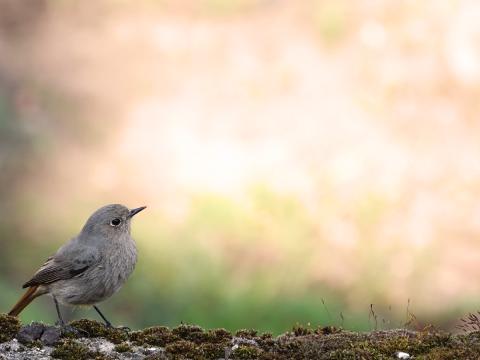
ICA Biodiversity Challenge: A Fun Way of Cataloging the Biodiversity Present on our Campuses
June 06 2023From May 22 to June 30, 2023, it’s time for the ICA Biodiversity Challenge/BioBlitz 2023! This European initiative, which AgroParisTech is taking part in (via its three campuses, Palaiseau, Montpellier and Nancy) as a member of the Association for European Life Science Universities, invites students, staff and visitors to discover and record the species they encounter on our university campuses! The objective is to encourage awareness and understanding of local biodiversity by listing the animal and plant species that surround us, enabling action to be taken to help them thrive.
What is the ICA Biodiversity Challenge?
The ICA Biodiversity Challenge is a BioBlitz that brings together 17 universities from all over Europe (Iceland, Germany, Belgium, Poland, Slovenia, Sweden, etc.). Each university undertakes a survey of the biodiversity (flora and fauna) present on its own campuses and, as the name would suggest, they do it in a flash (blitz, in German).
Once collected, the data will tell us more about what’s happening and help us take this dimension into account to make the necessary adjustments to our actions, our use of land, and the way we manage outdoor spaces. The information collected will serve as a basis for monitoring changes in biodiversity over time and the effectiveness of the measures put in place.
How can you get involved in the ICA Biodiversity Challenge?
The rules are very simple:
- On one of the campuses (Palaiseau or Nancy), get out and discover your environment! Once you have identified a species (you can use applications like Google Lens, PlantNet, or iNaturalist to help you identify species by taking a photo), all you have to do is connect to observation.org to enter the data (once you have set up an account).
- Before entering the data, don’t forget to select the name of the institution from the list and click on the relevant campus (AgroParisTech Palaiseau or AgroParisTech Nancy)
- That’s all! Now you can enter your data! The following is required as a minimum:
- Date and time of observation
- Identification of the taxon (classification of species): if you can’t find the taxon you are looking for, try using the common name.
- Note: the other fields are not required, but it can be useful to indicate the number of individual specimens observed, especially for prolific herbaceous plants such as dandelions. You can enter estimates, for example: 10 (present in small number), 100 (present everywhere), 1,000 (very common, visible everywhere) and select “estimate” as a counting method.
If you have any doubts about the identification, you can also add photos for image recognition. There’s no need to worry about duplicate reports because of the multi-observer nature of the study: only species will be counted. The number of reports will reflect the participation rate.
Lastly, give a rough identification of the location of the observation on the selected campus map. Your contribution is really important!

